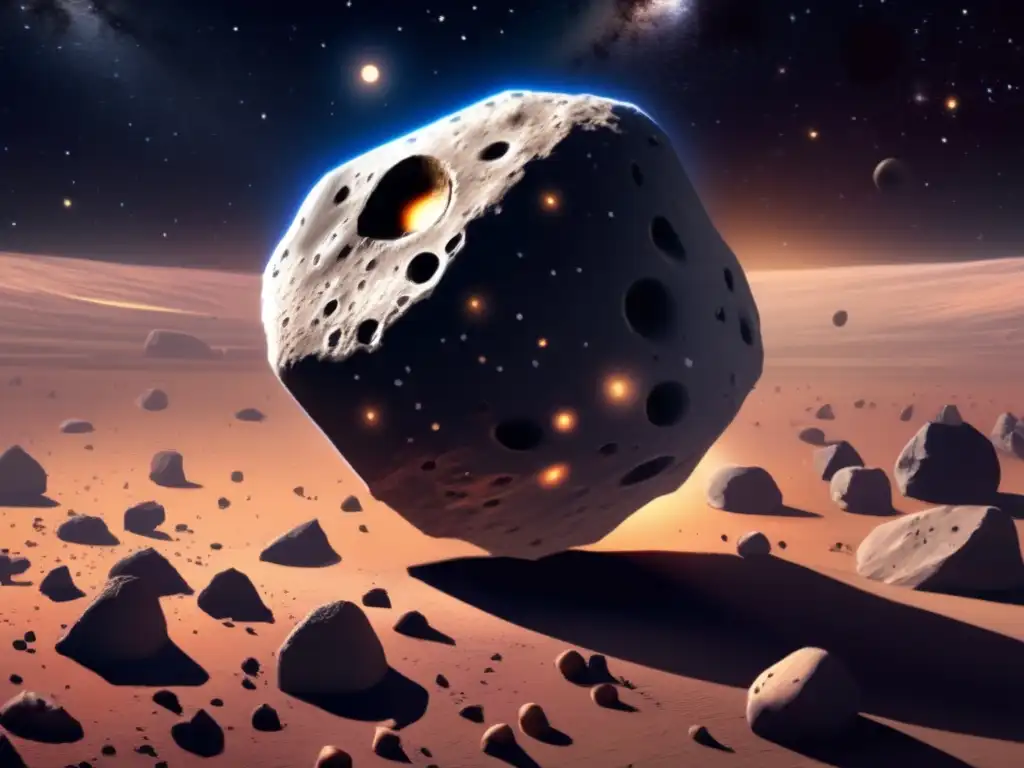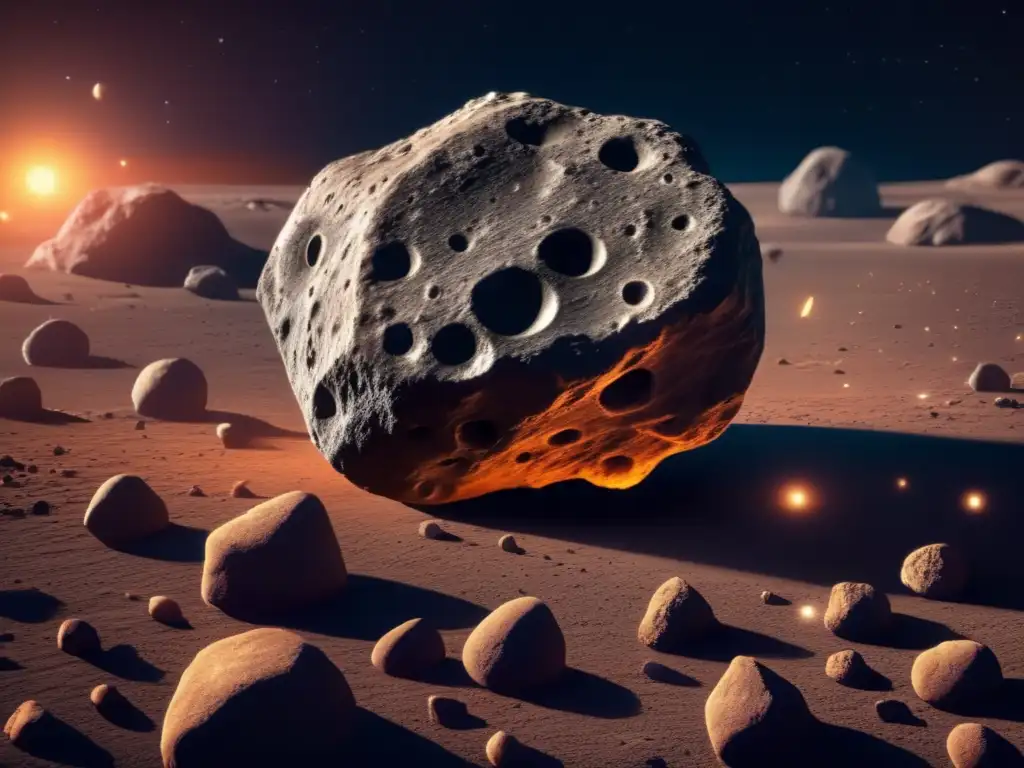A Close Examination Of Asteroid Calliope

Introduction
Asteroids have long fascinated astronomers and space enthusiasts alike. These celestial objects, remnants from the early stages of our solar system's formation, offer valuable insights into the history and composition of our cosmic neighborhood. In this article, we will take a close look at Asteroid Calliope and explore its intriguing characteristics and significance.
Discovery and Naming

The Discovery of Calliope
Asteroid Calliope was first discovered on December 16, 1854, by English astronomer John Russell Hind. Hind is known for his significant contributions to the field of astronomy, having discovered ten asteroids in total.
The Origin of the Name
The name "Calliope" was inspired by Greek mythology. Calliope, one of the nine Muses, is the muse of epic poetry and eloquence. The naming convention for asteroids often draws from various mythologies and cultural references.
Physical Characteristics

Size and Composition
Asteroid Calliope has an estimated diameter of approximately 147 kilometers (91 miles). Its composition is believed to be primarily carbonaceous, which indicates a high presence of organic compounds, such as carbon and water ice.
Orbit and Rotation
Calliope orbits the Sun at an average distance of about 2.28 astronomical units (AU) with an orbital period of around 3.6 years. It has a moderately inclined orbit, tilted by approximately 12 degrees relative to the ecliptic plane. The rotation period of Calliope is currently unknown.
Significance and Scientific Interest

Insights into Early Solar System
Studying asteroids like Calliope provides valuable information about the early solar system's formation. Their composition and physical properties offer clues about the original building blocks of our planetary system, shedding light on the processes that led to the formation of planets and other celestial bodies.
Potential Resources
Asteroids like Calliope are also of interest due to their potential resources. Carbonaceous asteroids contain significant amounts of water ice, organic compounds, and valuable metals. Future missions to asteroids could explore the possibility of mining these resources, supporting future space exploration and colonization efforts.
Frequently Asked Questions

-
Q: What is the significance of studying asteroids?
A: The study of asteroids provides insights into the early solar system, helps understand the formation of planets, and offers potential resources for future space exploration.
-
Q: How does the naming of asteroids work?
A: Asteroids are often named after mythological figures, scientists, artists, or other significant individuals who have made notable contributions.
-
Q: Can asteroids pose a threat to Earth?
A: Some asteroids have the potential to collide with Earth, but extensive monitoring systems and research allow us to track and predict potential impact risks.
-
Q: Are there any planned missions to explore Asteroid Calliope?
A: As of now, there are no specific missions planned to explore Asteroid Calliope. However, future missions might target similar asteroids for scientific research and resource exploration.
-
Q: How do scientists determine the composition of asteroids?
A: Scientists analyze the spectral signatures of light reflected by asteroids to determine their composition, as different materials exhibit distinct absorption patterns.
Conclusion
Asteroid Calliope offers a glimpse into the fascinating world of these celestial objects, revealing insights about the early solar system and the potential resources they hold. By studying asteroids like Calliope, scientists continuously expand our understanding of the universe and pave the way for future space exploration. We encourage readers to share their thoughts and engage with the asteroid realm community to further enrich our knowledge and appreciation of these captivating cosmic entities.
Additional Resources

For those interested in further exploring the topic of asteroids, here are some additional resources:
- NASA's Asteroid Redirect Mission: https://www.nasa.gov/mission_pages/asteroids/initiative/index.html
- ESA's Space Safety: Near-Earth Objects: https://www.esa.int/Safety_Security/Space_Safety/Near-Earth_Objects
- The Minor Planet Center: https://minorplanetcenter.net/
 The Role Of Asteroid Echo In Astronomy
The Role Of Asteroid Echo In Astronomy Anchises: An Asteroid With A Rich History
Anchises: An Asteroid With A Rich History Deiphobus: An In-Depth Examination Of Its Features
Deiphobus: An In-Depth Examination Of Its FeaturesIf you want to discover more articles similar to A Close Examination Of Asteroid Calliope, you can visit the Asteroid Profiles category.
Leave a Reply

Articulos relacionados: